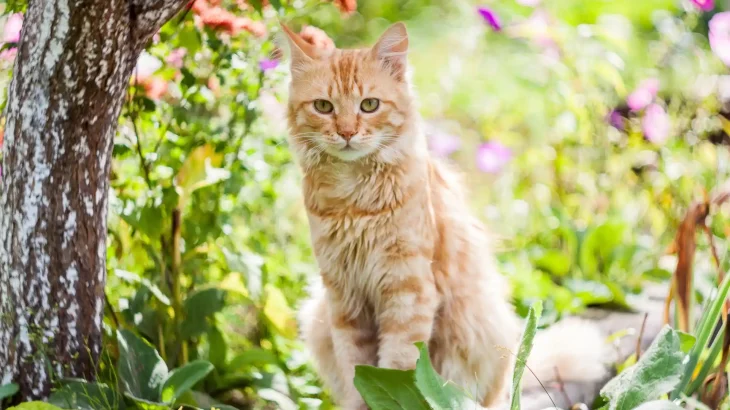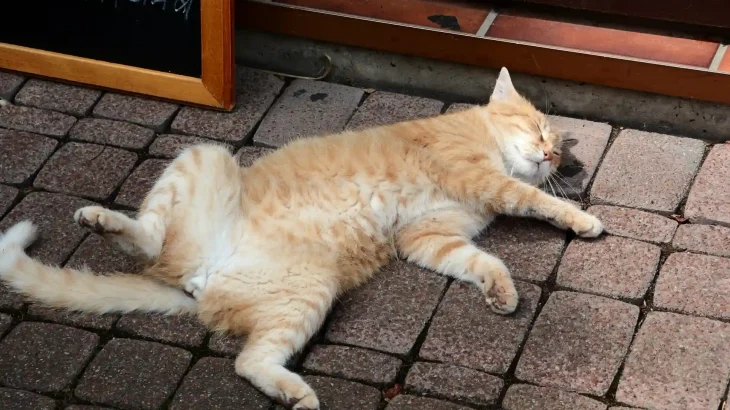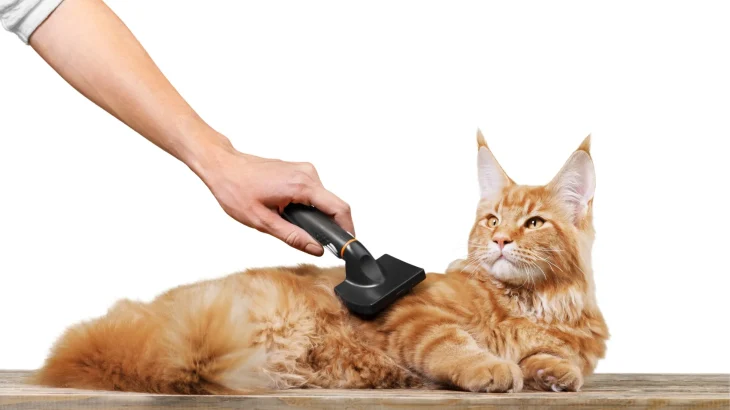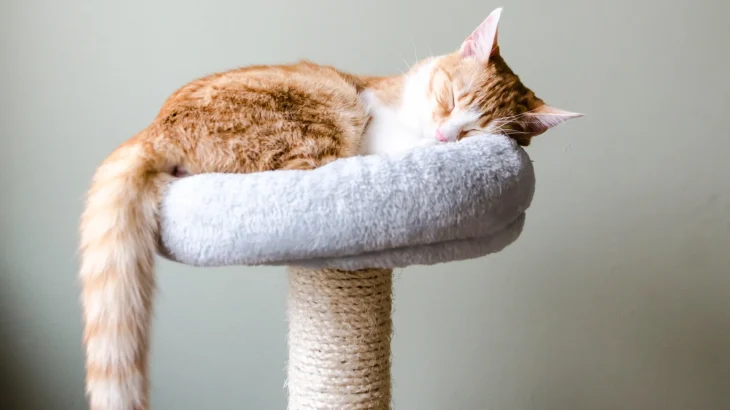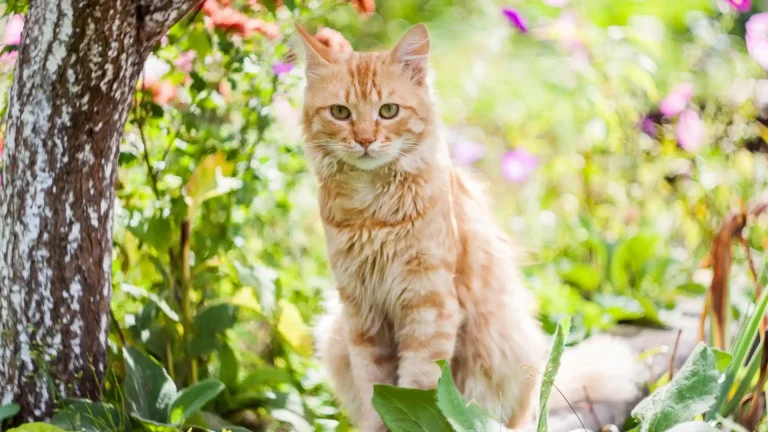When considering bringing a Lambkin kitten into your home, you face the choice of adopting or purchasing. Deciding between these options often hinges on factors like health transparency and ethical concerns surrounding breeding. Each path offers unique advantages depending on what aspects of acquiring a pet are most important to you.
Adoption vs. Breeder: Pros & Cons
| Criteria | Buying from Breeder | Adopting from Shelter/Rescue |
|---|---|---|
| Cost | Typically higher due to breed-specific pricing and lineage documentation. | Generally more affordable with modest adoption fees covering basic care. |
| Health History | Often provides comprehensive health records and genetic testing. | Health background may be uncertain but basic veterinary exams are conducted. |
| Age Availability | Kittens usually available, allowing early-age socialization. | Offers a range from kittens to adults, including those needing special care. |
| Supporting Practices | Supports ongoing breeding programs, ideally ethical and responsible breeders. | Supports animal welfare by giving homes to cats in need and reducing shelter populations. |
| Ethical Considerations | Requires careful breeder selection to avoid contributing to unethical breeding. | Promotes rescue and helps reduce demand for commercially bred cats. |
| Breed Purity & Pedigree | Provides verified pedigree and breed standard assurance. | Breed purity is often unknown or mixed, with focus on rescue over lineage. |

